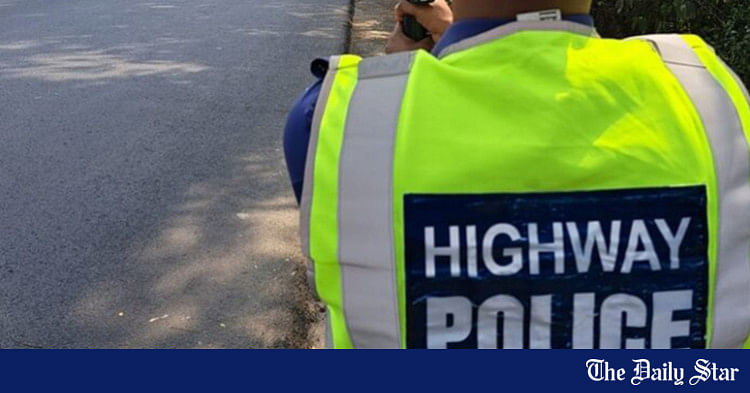
Highway Police struggling amid resource crunch
- 17.03.2025 02:45
- thedailystar.net
- Keywords: Highway Robberies, Insufficient Resources, Safety Issues
Highway Police face challenges with understaffing, poor equipment, and outdated technology, leading to an increase in highway robberies. Many victims avoid reporting incidents due to legal hassles and lack of trust in authorities.